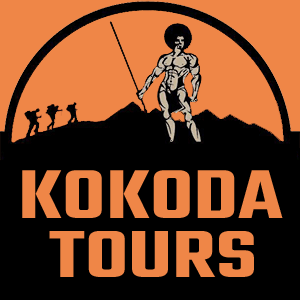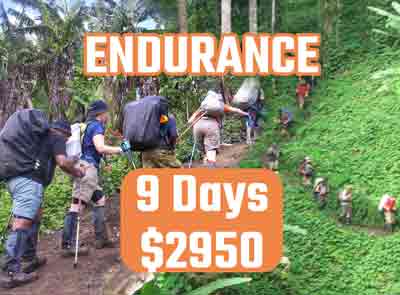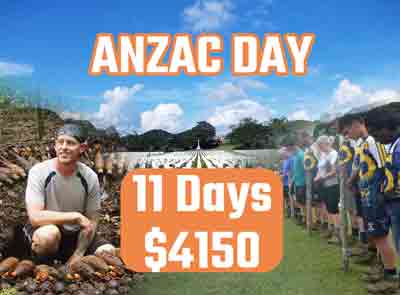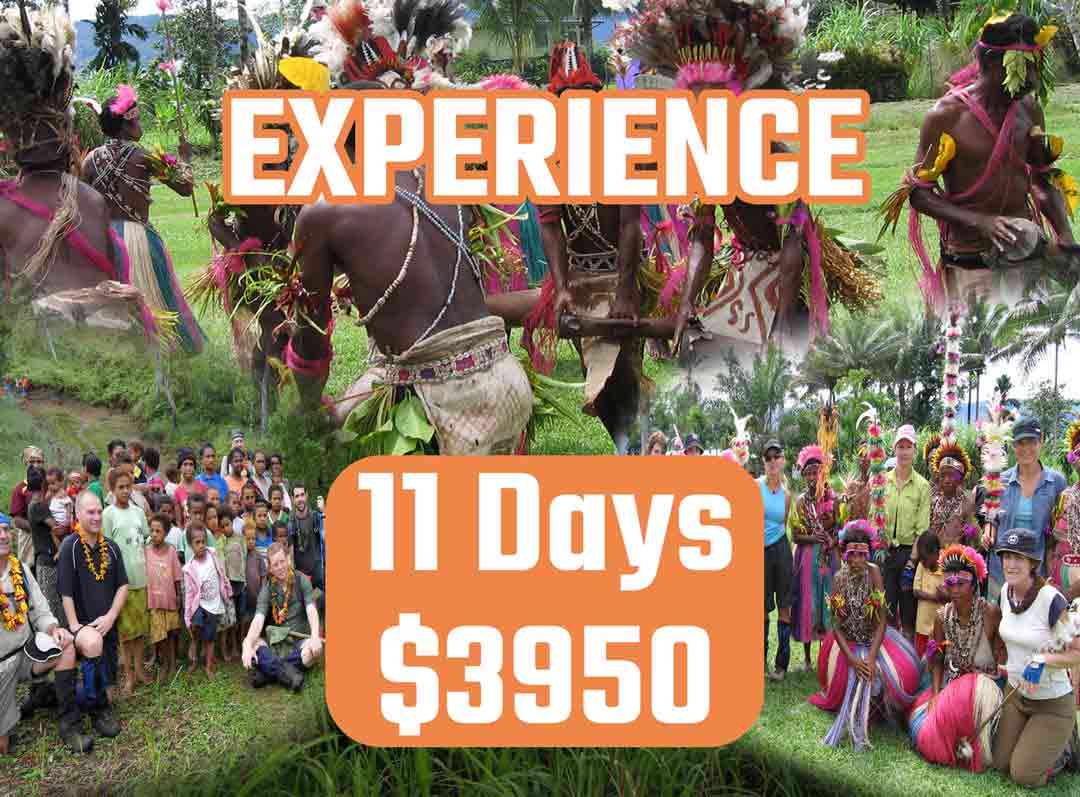Australian Training for the Kokoda Track: Prepare for the Kokoda Trail in Hobart with these awesome trek options
Introduction to Training for the Kokoda Track
Preparing for the Kokoda Trail trek is a crucial aspect of ensuring a successful and enjoyable journey along this historic route. As you embark on this adventure, it’s essential to undergo thorough training to build endurance, strength, and mental resilience. In Hobart, the capital of Tasmania, you have access to diverse terrains that can help you prepare for the challenging conditions of the Kokoda Track.
Mount Wellington: Altitude Challenge
Altitude: 1,271 meters
Overview
Mount Wellington, standing tall on the outskirts of Hobart, offers an excellent opportunity to simulate altitude conditions similar to those encountered along the Kokoda Trail. The ascent to the summit provides a challenging workout, preparing trekkers for the varying altitudes they will encounter during the journey.
Training Recommendations
- Cardiovascular Conditioning: Hike or run up the mountain trails to improve cardiovascular fitness.
- Altitude Acclimatization: Spend time at higher altitudes to acclimatize your body to reduced oxygen levels.
South Wellington: Rugged Terrain Training
Altitude: Varies, up to 1,200 meters
Overview
The southern part of Mount Wellington offers rugged terrains that closely resemble the challenging landscapes of the Kokoda Track. This location allows trekkers to practice navigating uneven paths and steep ascents and descents.
Training Recommendations
- Terrain Familiarization: Practice walking on uneven surfaces, simulating the rugged conditions of the Kokoda Trail.
- Load Carrying: Gradually increase the weight of your backpack to build strength for carrying essential gear.
Hartz Mountains National Park: Wilderness Endurance
Altitude: 1,255 meters
Overview
Hartz Mountains National Park provides a wilderness setting ideal for honing endurance and stamina, essential for the extended trek along the Kokoda Trail. The diverse landscapes here mimic the conditions trekkers will face, offering a comprehensive training experience.
Training Recommendations
- Endurance Hiking: Engage in long hikes through the park to build stamina.
- Backpack Weight Training: Carry a weighted backpack to simulate the load you’ll bear on the Kokoda Trail.
Training Tips and General Trek Advice
1. Jungle Simulation in Tasmanian Wilderness
- Hobart’s proximity to dense wilderness areas allows trekkers to simulate jungle conditions, preparing them for the Kokoda Track’s dense vegetation.
2. Hydration and Humidity Training
- Given the humid conditions along the Kokoda Trail, train in similar climates to adapt to high humidity levels.
3. Wilderness First Aid Certification
- Obtain wilderness first aid certification to ensure you’re well-prepared for any medical emergencies during the trek.
Conclusion
Training for the Kokoda Trail in Hobart provides a unique opportunity to prepare for the physical and mental challenges that await along this historic route. Incorporate these diverse training locations into your regimen to build the strength, endurance, and resilience required for a successful trek. As you embark on this incredible journey, remember to stay well-informed about the history of the Kokoda Campaign and immerse yourself in the rich cultural experiences that Papua New Guinea has to offer.
FAQ’s
Q: What is the Kokoda Track?
A: The Kokoda Track is a 96-kilometer long trail in Papua New Guinea’s Owen Stanley Range. It holds historical significance as the site of the World War II Kokoda campaign between Japanese and Australian forces.
Q: How long does it take to trek the Trail?
A: Generally, it takes around 7-10 days to complete the Kokoda Trail trek, depending on the group’s pace and itinerary.
Q: What should I pack for the Trail trek?
A: Essentials for the trek include sturdy hiking boots, lightweight clothing, rain gear, insect repellent, personal hygiene items, a first aid kit, and a sleeping bag.
Q: What is the significance of the Australian connection to the Kokoda Track?
A: The Australian connection to the Kokoda Track stems from the involvement of the Australian Army in defending the track against the Japanese during World War II. This history has forged a strong spiritual and historical link between Australia and the Trail.
Q: What are the main challenges of trekking the Kokoda Track?
A: Trekking the Kokoda Track can present challenges such as steep and rugged terrain, high humidity, unpredictable weather, and crossing rivers and streams.
Q: Are personal porters available for the Trail trek?
A: Yes, trekkers have the option to hire personal porters to carry their belongings and provide assistance during the trek.
Q: What is the best time of year to trek the Trail?
A: The best time to trek is during the dry season from late May to early September. This period offers more favourable weather and trail conditions.
Q: What is the accommodation like during the Trail trek?
A: Accommodation during the trek typically consists of camping in tents at established campsites along the trail. Basic amenities are provided, but participants should be prepared for rustic conditions.
Q: How physically demanding is the Trail trek?
A: The trek is physically demanding, requiring good fitness levels and endurance. Participants should engage in prior training to prepare for the challenging terrain and length of the trek.
Q: What is the role of the trek leader during the Trail expedition?
A: The trek leader plays a crucial role in guiding and managing the trekking group, providing historical and cultural information, coordinating logistics, and ensuring the safety and well-being of the participants throughout the expedition.




